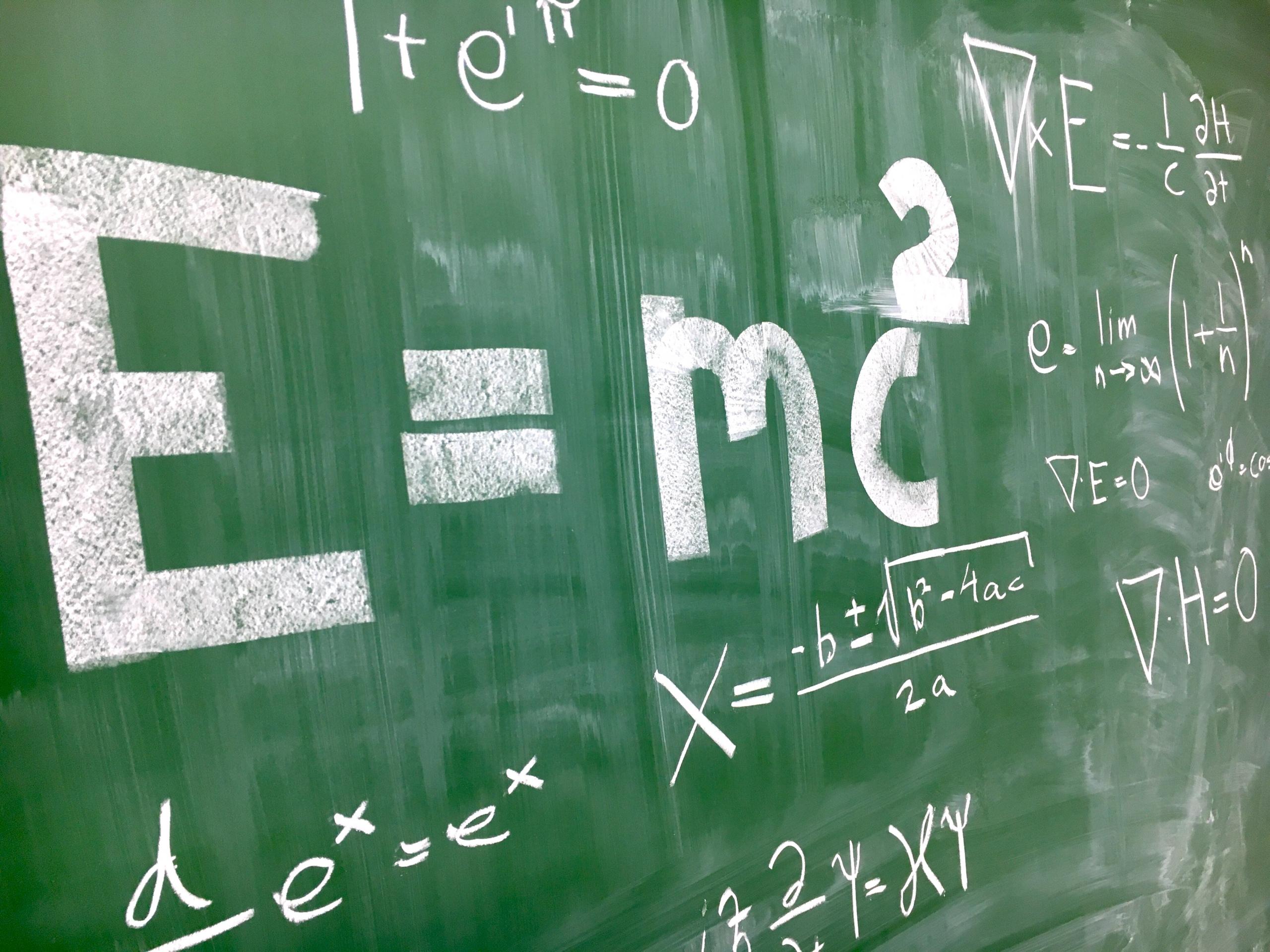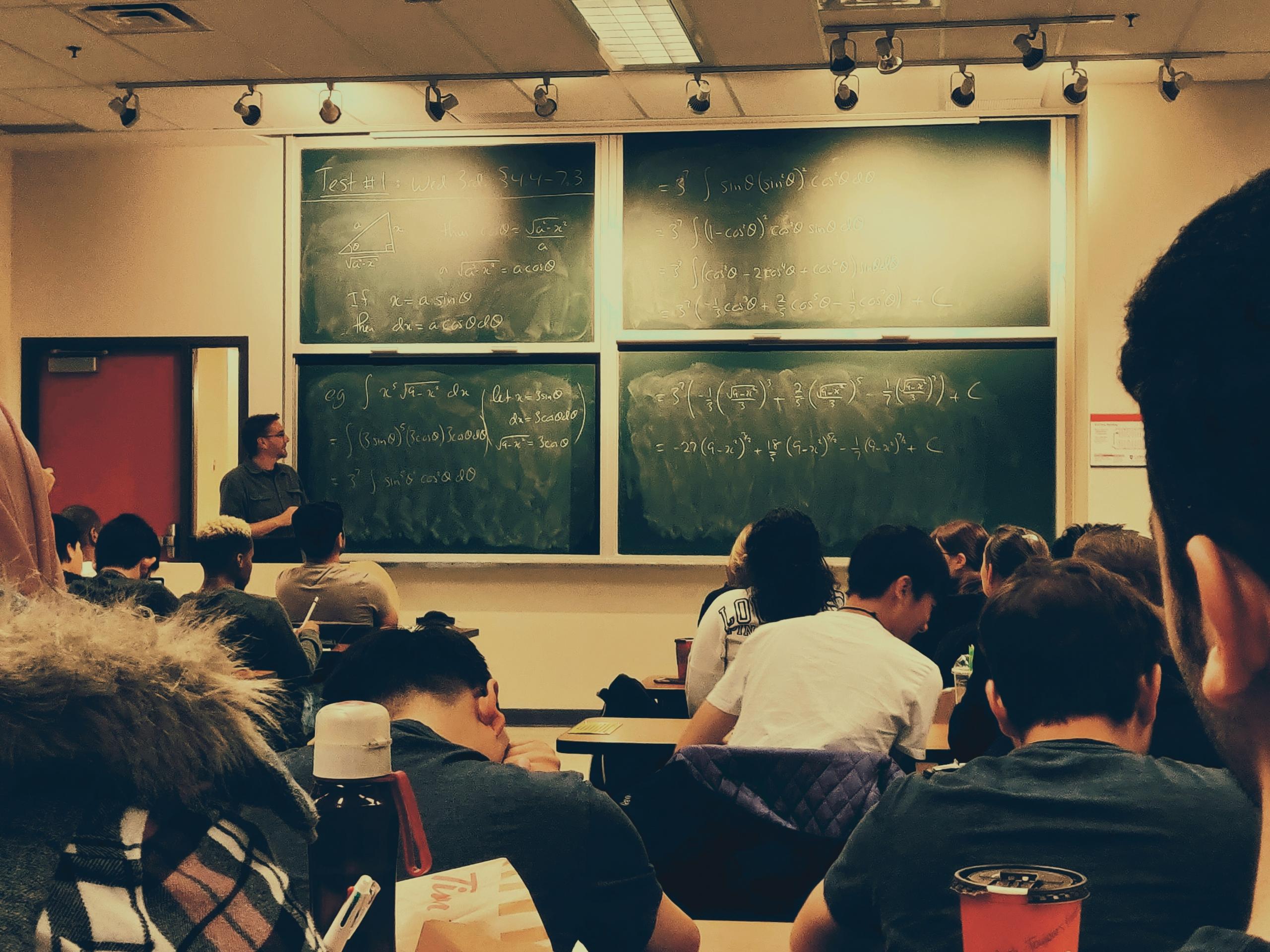Mathematics is about solving problems.
Numerical problems based on numbers, shocking, we know. These problems, by virtue of being based on numbers which are purely logical, are solved by applying various rules, more specifically theorems and formulae.
However, there are a lot of these rules, and new ones being developed all the time, even today. Once a new rule is proposed, it eventually becomes developed into a theorem. Until then, they are referred to as mathematical conjectures.
You may be tempted to think that this makes them useless or uninteresting until solved, but there are many conjectures maths actually makes relatively extensive use of, and many more which are fascinating to study and explore.
Conjectures in maths are one of the most interesting bits of mathematics because they represent the forefront of the field. While scientists have cutting edge research experiments, the equivalent for mathematicians is maths conjecture.


What is conjecture, and how is it used in maths?
The Oxford English Dictionary defines conjecture as “an opinion or idea that is not based on definite knowledge and is formed by guessing”. If we look at the conjecture maths definition Wikipedia offers us for a more specific one, we get the following definition.
“A conclusion or a proposition which is suspected to be true due to preliminary supporting evidence, but for which no proof or disproof has yet been found.”
This definition is a little more comprehensive, and crucially highlights two things. First is that the proposition is currently suspected to be true based on current evidence, and second that no proof but crucially also no disproof has been found.
Once something is identified as a conjecture, the next thing to do is resolve it. This is done in one of three ways.
- Proof
- Disproof
- Independent conjectures
This is true of all fields of mathematics, from geometry to cryptography, and every problem presented will need to be resolved in one of these three ways before it can stop being conjecture.
As we will see with some of the most famous maths conjectures though, this process is by no means easy or trivial, and it’s not impossible to see a maths conjecture unsolved for years, decades, or even centuries!
How do you show if a mathematical conjecture is true?
The core to solving most mathematical conjectures is algebra, since this allows for a general solution to the conjecture. This is essential to the proof, as it proves it works for any set of numbers, rather than only a specific set of numbers.
Since there is an infinite set of numbers, it’s impossible to exhaustively test specific numbers. This is often why some conjectures remain unsolved for so long.
Even though millions of numbers are shown to work with a conjecture, until it can be proved algebraically, there is no way of proving that one huge (or tiny!) number that we haven’t yet tested doesn't work with the conjecture, which would disprove it.
Notably therefore, this is not true to disprove a conjecture, as we will see later.
As an example of how you can algebraically prove a conjecture, let us take a very simple idea and algebraically prove it. For this example, our conjecture will be “When you pick a number, subtract three, double the result, then add 6, you’ll get double the starting number”.
Let’s begin by setting it up algebraically. The first part is to assign a variable for our number, in this case we will use N.
N
Next, the first operator is to subtract three, giving us:
N-3
Next, we double this entire result, giving us:
2(N-3)
Finally, we add 6, giving us:
2(N-3)+6
Our conjecture states that this should equal twice the value of the original number, or 2N. We can now rearrange this to prove it algebraically.
2(N-3)+6
=2N-6+6
=2N
Therefore, 2(N-3)+6=2N
Since N is a variable and can take any value, this means the rule is true for any number. And that’s it! We have proved our conjecture, and it’s now a theorem. Of course, many theorems take a lot more time and effort to prove than this one, and are a lot more universally useful.
However, all famous maths conjectures had to go through a process just like this one at some point.
How do you disprove a conjecture by counterexample?
Our previous conjecture maths example was proven true algebraically, because just testing numbers is never enough to prove a conjecture. However, when it comes to disproving a conjecture, all we need is a single counterexample case to disprove the conjecture.
Let us show an example of this.
For this, our conjecture will be “If you multiply a number by three and add two, the result will always be a prime number” or expressed algebraically, 3N+2 will always be a prime number. Let us now try this conjecture for a few standard integers.
In the case of N=1:
3N+2=3(1)+2=5
5 is a prime number, so the conjecture holds true for N=1.
In the case of N=2:
3N+2=3(2)+2=8
8 is divisible by 2 and 4, and thus not a prime number. Therefore, the conjecture does not hold true for N=2.
This is a sufficient proof that this conjecture is untrue, and we have disproved it through what is called a counterexample, with the counterexample being the case of N=2.
There may be other counterexamples, but the existence of even one counterexample is enough to disprove the theorem.

What are some famous mathematical conjectures?
You may well find yourself thinking “that’s all well and good, but how is conjecture used in maths in reality?” to which the answer is pretty much all the interesting bits of maths are conjectures! When you come across a maths conjecture unsolved for years, it’s easy to spend hours thinking about it and engrossed in it, and dare we say, a lot of fun.
Euclid’s perfect numbers
One of the most fascinating parts of all mathematics is surely perfect numbers. A personal source of endless fascination during my school days, these are numbers which are positive integers which are also a sum of their positive factors.
Euclid originally found four of them, being 6, 28, 496, and 8128. For example, 28 has the factors 1, 2, 4, 7, and 14. 1+2+4+7+14=28, thus making 28 a perfect number. You might think this is relatively common, but as of right now, there are only 51 that we know of.
To put into context how rare they are, the first perfect number after 8218 is 33550336, and the largest currently known perfect number, the 51st in the series, has 49,724,095 digits.
For context, just writing this number down, if each digit was only a centimetre wide, would require a piece of paper half the length of the United Kingdom.
The two most interesting questions that arise from this are therefore the following, both of which remain unanswered:
- Are there an infinite number of even perfect numbers?
- Are there any odd perfect numbers?
As of now, neither of these questions can be answered. This is because almost all work done on perfect numbers is purely done through examples and counterexamples, since there is as of yet no way to algebraically work with them.
This is part of the beauty of perfect numbers!
Goldbach’s conjecture
Goldbach’s conjecture is a famous maths conjecture unsolved for over 280 years, being first put forward in 1842. It’s one of the best known problems in number theory and while many have tried to solve it, it remains unproven.
It states that “every even whole number greater than two is the sum of two prime numbers” or, expressed algebraically, 2N=p+q. 2N ensures the number is always even, and p and q are both required to be prime. As a reminder, a prime number is a number only divisible by itself and one.
While this conjecture has been proved for even numbers up to 4x1018 it has not been proven for all numbers algebraically, thus leaving it as a conjecture.
Fermat’s last theorem
As well as having one of the coolest names in mathematics, Fermat’s last theorem is a beautiful conjecture based on Pythagorean triples. As we all know from endless Pythagoras’s theorem usage, there are certain sets of positive integers where the sum of the first two squared is equal to the first two squared, or algebraically a2+b2=c2.
Most famously among these is the numbers 3, 4, and 5, whereby 32+42=52. Fermat’s last theorem is concerned with the case where the powers to which a, b, and c are raised is anything other than two, or rather the lack of cases.
It deduced that “It is impossible to separate a cube into two cubes, or a fourth power into two fourth powers, or in general, any power higher than the second, into two like powers.” It can also be expressed as “For any integer n>2, the equation an+bn=cn has no positive integer solutions”
One of the most amusing parts of the story is that Fermat hastily scribbled this conjecture down in the margin of an entirely unrelated work before his death. He wrote that he had proof for it, but that it wouldn’t fit in the margin.
For over three and a half centuries mathematicians tried to work out the proof, and eventually in 1993, 358 years after Fermat’s scribble in the margin, Andrew Wiles finally proved it.
For over three and a half centuries, this was one of the most famous maths conjectures to never be solved, but it now stands as the perfect example that even things thought practically unsolvable may still eventually be solved.
There are many more such conjectures that remain unsolved, even after many years of work by mathematicians. However, Fermat’s last theorem remains the proof to aspiring mathematicians everywhere that nothing is truly unsolvable, and they too may one day be entered into the mathematical hall of fame just as Andrew Wiles was by solving them.
The same could be said for any of you reading this, if you choose to spend time looking into these conjectures and theorems deeper.
They are endlessly fascinating to amateur mathematicians and experienced professors alike, but all require an increasingly advanced understanding of mathematics as you delve deeper into their beautiful complexity.

This is where you may find your conventional mathematical education start to show its shortcomings, but luckily there is help at hand.
For those seeking a modern approach, consider online maths tuition for a more flexible learning experience.
Tutoring is routinely shown to be the most efficient and effective way of learning any discipline, and this is true for none more so than mathematics.
Superprof has tutors for all levels of mathematics from primary school all the way up to university, each an expert in their own right. With a huge array to choose from, you can find the perfect tutor for you and your style and level of learning.
Whether you need help acing your exams, or just really want to know more about how to begin tackling these beautiful mathematical conjectures and become the Andrew Wiles of tomorrow, Superprof has a tutor for you!















